Rent
ProLift offers daily, weekly, and monthly rentals. Find the right equipment for maximum productivity and safety.
Let us know how we can assist you! A ProLift specialist will connect with you to help with your material handling needs.

Aerial lifts offer significant advantages for various industries, from improving safety and efficiency to providing greater reach and flexibility. Discover how investing in the right aerial lift can enhance your operation, streamline tasks, and reduce risks on the job site.
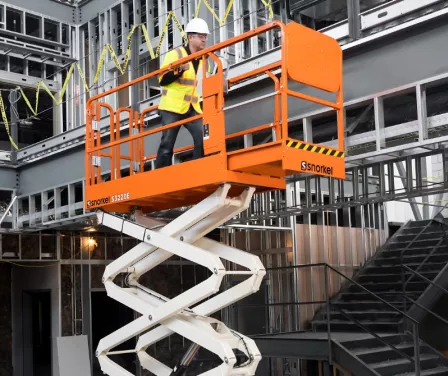
Aerial lifts can make a difference in your company’s day to day operation. There is a broad spectrum of models with a variety of lift heights suitable for almost any work environment.
When choosing an aerial lift, some aspects to consider are indoor vs. outdoor applications, vertical and horizontal reach of platform and lifting capacities.
Made for the purpose of lifting workers, tools and light materials, aerial lifts can move easily on the work site and provide safer access in hard to reach areas. The design of these lifts allow operator mobility and flexibility which increases efficiency. It also replaces the use of traditional ladders, man-baskets on lift trucks and scaffolds to make working at high elevations safer.
Industries such as manufacturing plants, maintenance service providers, real estate management companies and warehouse and construction companies all utilize aerial lifts. Besides general construction, you will see aerial lifts being used to handle routine building maintenance, painting, trimming trees, installing rooftop HVAC services and inventory management.
Today’s aerial lift provides safety features that greatly eclipse traditional equipment in stability, purpose-designed controls, and emergency back-up systems. Slip-resistant surfaces prevent falling and high guard railings enclose the worker. On boom-supported lifts, a full-body harness and lanyard completes a fall restraint system.
However, it is important to remember even with the existing safety features, an operator should perform pre-start inspections of the vehicle including lift structure, hydraulic/electric components, controls, limits, emergency systems and inspect the work site for hazards.
In addition, training for the operator will ensure that the correct steps are being taken for injury prevention. This training is extensive and will include information regarding:
ProLift is your full-service provider for aerial lifts, from new equipment and rentals to service and safety training.
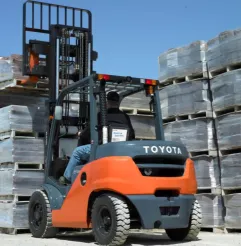
The equipment you have may not align with what you need. Collaborate with ProLift sales consultants to review your short- and long-term production goals, budgets, and material handling trends. They’ll provide tailored equipment options and solutions to meet your specific needs.
As a full-service material handling dealer, ProLift can help you with questions and solutions for your equipment, service, parts and more. Tell us how we can help.

ProLift is your partner for aerial lifts, including scissor lifts, boom lifts, vertical mast lifts, aerial work platforms, and telehandlers.
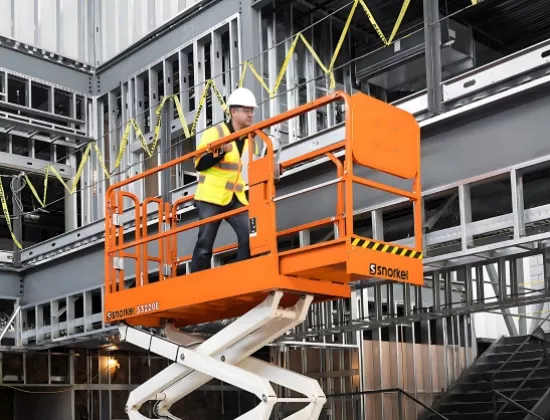
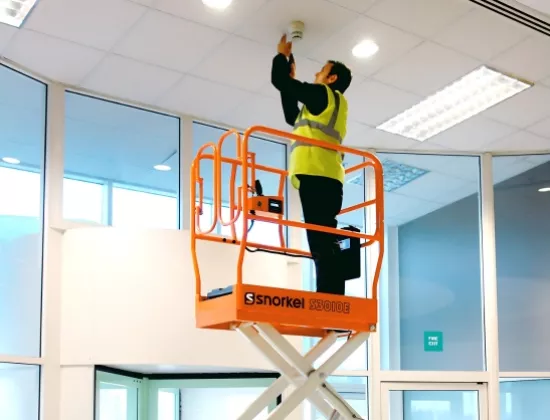
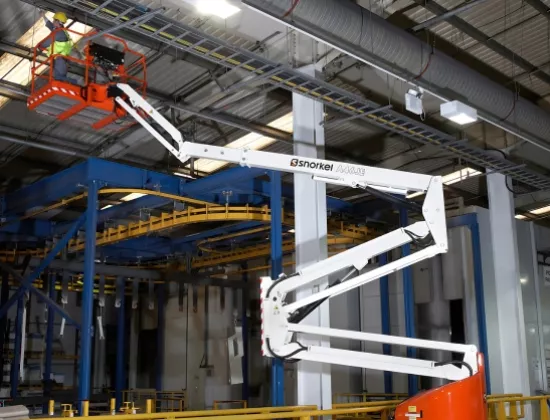
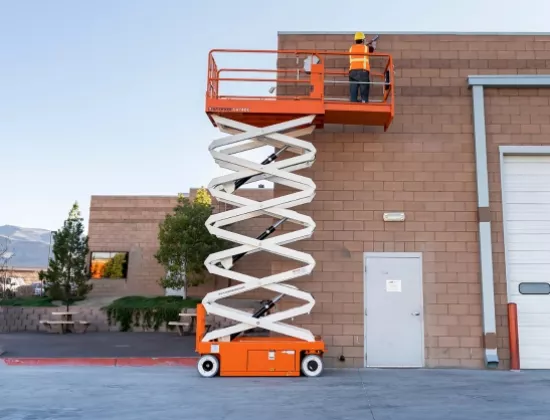
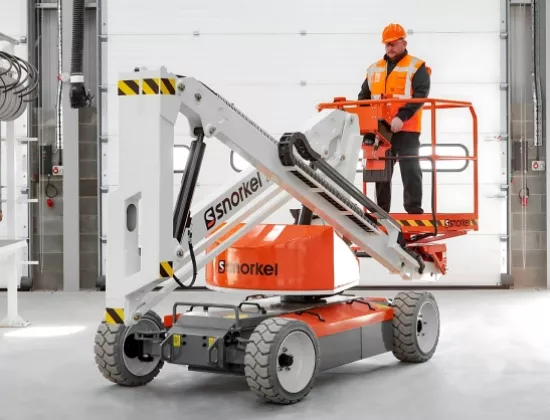
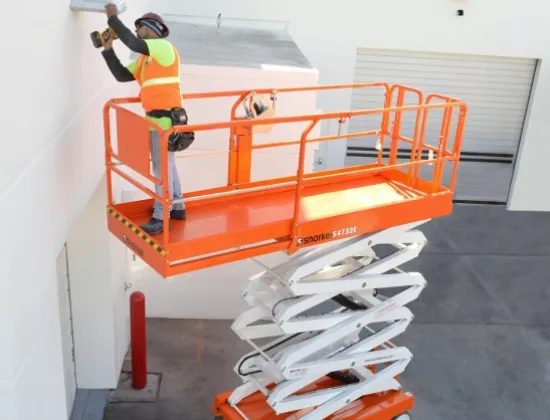
ProLift provides a comprehensive range of aerial lift solutions and is here to support your needs. Share your area of interest, and we'll connect you with the right specialist to assist you.
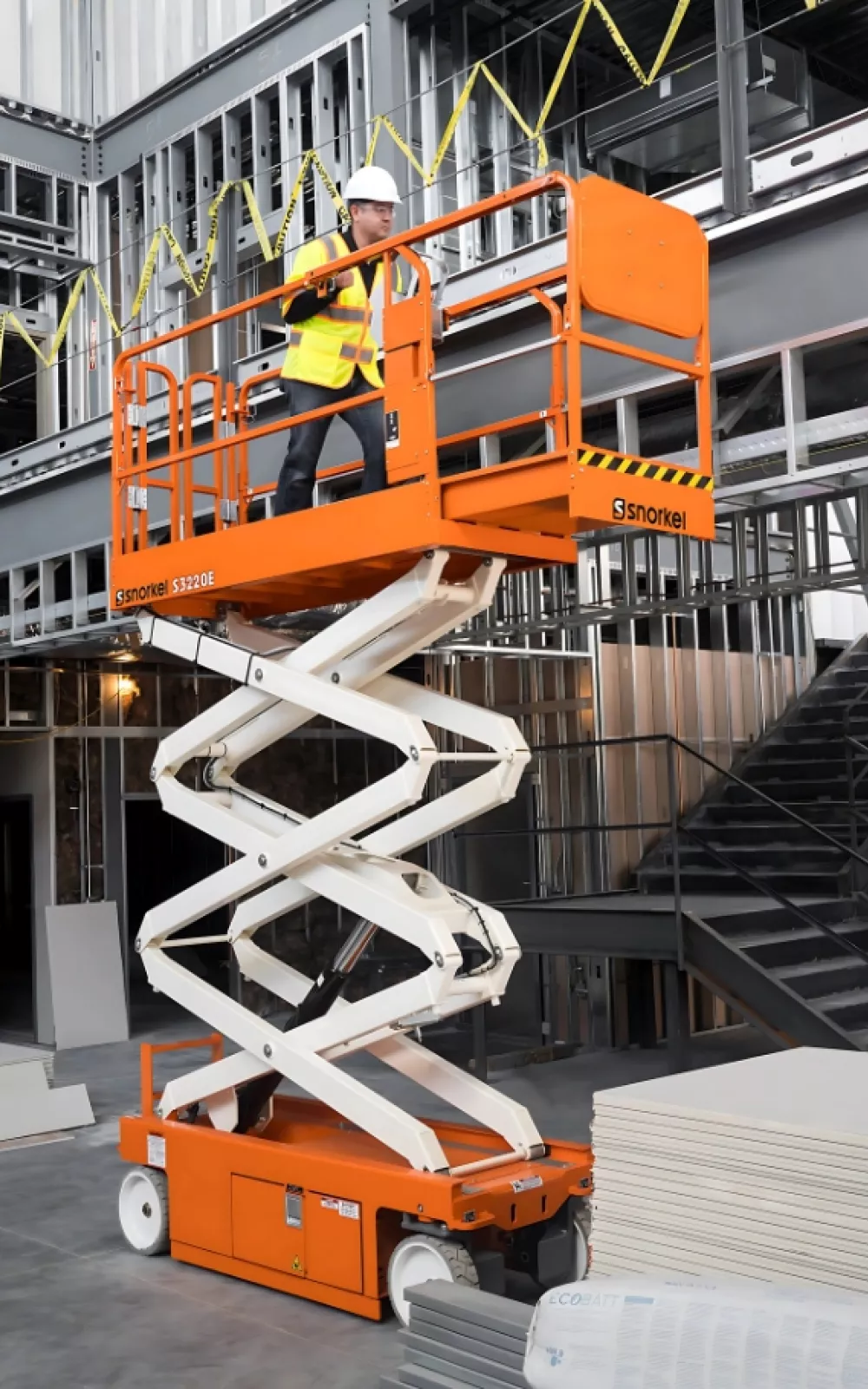
Let us know how we can assist you! A ProLift specialist will connect with you to help with your material handling needs.
